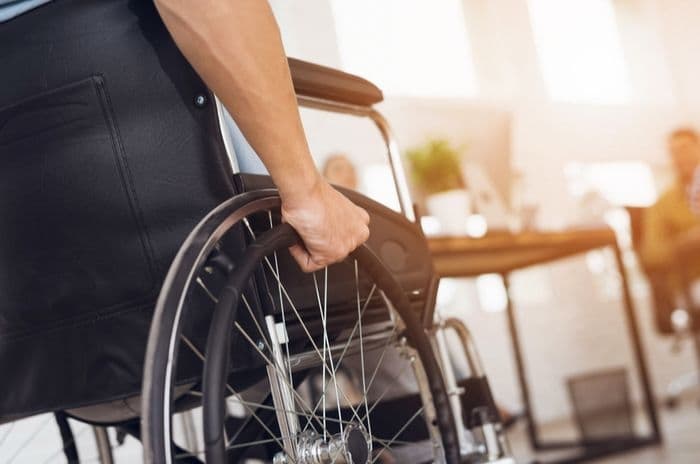Home > Money > News > 10% of disabled Brits have taken a doorstep loan
10% of disabled Brits have taken a doorstep loan
10% of disabled people have borrowed from a doorstep lender, according to a report released by disability charity Scope this week.

That's in comparison to 3% of the general population and includes people who've taken a cash loan from someone who visited their home, which can include both legal and illegal lenders.
"The situation is critical," Scope said.
"Disabled people are struggling to pay the bills and are turning to high risk credit."
One in five people seeking advice about debt from Citizens Advice Bureaus are disabled or have long term health problems, according to the CAB's own 2011 figures.
Why high cost lending?
Even so, that one in ten disabled people could have taken a doorstep loan seems jarring, almost unbelievable.
The Scope report has some further context on why the incidence could be so high.
According to the Office of National Statistics (ONS) Wealth and Assets survey, 13% of disabled people don't have a current account, compared to 6% of non-disabled people.
Scope found that disabled people are less likely than non-disabled people to have a credit card and, if they do, slightly more likely than non-disabled people to have been unable to make a minimum payment in the past year (19% vs 12%).
If disabled people are more likely to be unable to access mainstream banking services, that makes them more likely to take out high cost loans.
One in ten disabled people said they'd been turned down for insurance and 22% believe their impairment drives up their insurance costs.
Again, a lack of insurance could leave some disabled people more vulnerable to financial shocks and therefore more likely to use high risk credit.
However, all these statistics show that only a minority of disabled people have problems accessing credit or insurance, not many more than in the non-disabled population.
Scope also note that their own survey failed to replicate the 10% figure, which comes from the ONS.
Scope researchers found that just 2% of the disabled people they surveyed had taken a doorstep loan.
Although the researchers speculate that their survey question could have missed some borrowers, 2% is even less than the ONS figure for the whole population.
Impact of welfare cuts
Behind this concern about disabled people's current finances is an even greater concern about where their finances are headed in the near future.
Disabled people are set to be affected by six different changes to the welfare system in the next few years.
In all, Scope estimate that up to 3.7 million disabled people will lose £28.3 billion of support by 2018.
For example, at the last spending review, the Government revealed plans for a cap on Annually Managed Expenditure, money in budgets which is reviewed often and allocated based on need.
The move that would compound the financial difficulties facing disabled people, Scope say - in real terms, it would mean a cut even for those that the system recognises as in need - that would suddenly pull the plug on support for disabled people when they really need it.
"Financial support is the difference between being able to live independently and pay for essentials, and being trapped in your own home racking up debt," Scope's report says.
"The Government can no longer ignore the big picture of its welfare reforms. It must start focusing on policies that build disabled people's financial resilience, so that they do not have to turn to risky credit and face slipping into debt."
Scope aren't alone in this. The Demos Disability in Austerity study which followed six disabled families from 2010 to 2012 concluded that, "we have seen our disabled households [in the study] becoming more socially isolated, losing their opportunities to engage in civic and community life, and gradually reducing their lives to the very basics of survival."
Get insider tips and the latest offers in our newsletter
Get insider tips and the latest offers in our newsletter

We are independent of all of the products and services we compare.

We order our comparison tables by price or feature and never by referral revenue.

We donate at least 5% of our profits to charity, and we aim to be climate positive.
Latest News

26 October 2022
Cost of living showing worrying trends in affordability
16 June 2022
FCA warn lenders on cost of living difficulties


